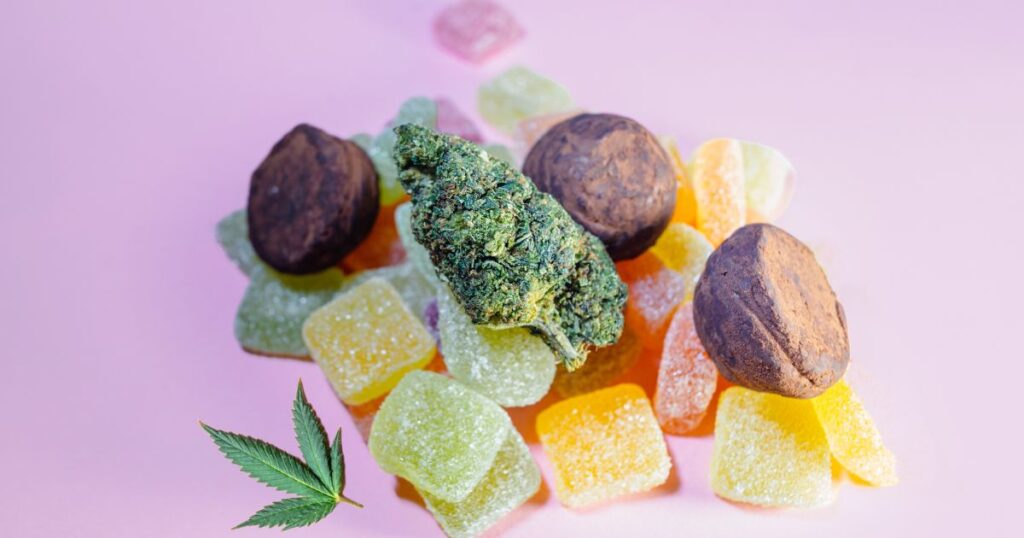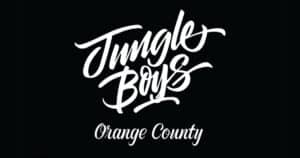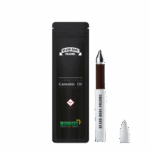Every October, as Halloween decorations appear, a familiar story haunts news headlines and social media feeds. It’s not about ghouls or goblins, but the supposed threat of strangers handing out THC-infused candy to unsuspecting trick-or-treaters on Halloween. This annual panic is fueled by sensationalist news and anti-cannabis narratives. It paints a picture of a widespread danger that simply doesn’t exist.
A Modern Urban Legend
The fear of tampered Halloween candy is not a new phenomenon. It’s a modern iteration of older urban legends, like tales of razor blades in apples or poison in chocolates. These stories have been circulating for decades. Often exaggerated or entirely fabricated, they prey on a universal fear: the safety of children.
The cannabis-centric version of this myth gained traction around 2014. It coincided with the rise of legal cannabis markets and the availability of commercial edibles. Despite years of breathless warnings and viral posts, there has never been a single confirmed report of a stranger intentionally giving THC-infused products to children on Halloween. Law enforcement agencies and public health officials repeatedly state that there is no credible evidence to support these claims. The narrative persists not because it’s true. Instead, it’s because it generates clicks and stokes pre-existing anxieties about cannabis.
Why the Myth Makes No Sense
When you look at the practical realities, the idea of someone giving away free cannabis edibles to children quickly falls apart. Several logical reasons demonstrate why this scare is unfounded.
The Prohibitive Cost
First and foremost, legal cannabis products are expensive. A single package of regulated edibles can cost anywhere from $15 to $30 or more. The idea that someone would purchase hundreds of dollars’ worth of high-priced edibles only to give them away to random children is nonsensical from a financial standpoint. Cannabis consumers are not inclined to waste valuable products, especially not on a malicious prank with no benefit.
Serious Legal Consequences
Distributing cannabis to a minor is a serious felony in every state, regardless of its legal status for adults. The penalties are severe, often including hefty fines and significant jail time. It is illogical to think that anyone would risk such life-altering criminal charges for the sake of a Halloween prank. The legal risk is immense, and the “reward” is nonexistent.
The Responsible Cannabis Community
The cannabis community, by and large, is made up of responsible adults who advocate for safe consumption. The idea of intentionally dosing children is abhorrent to the values of the cannabis culture. Consumers and advocates are focused on education, safety, and destigmatization, not harming children. This narrative is a baseless smear against a community that prioritizes responsible use.
Strict Regulations and Packaging
In legal markets, cannabis products are subject to stringent regulations. These laws mandate child-resistant packaging and clear warning labels that explicitly state the product contains THC.
While illicit market products might mimic popular candy brands, legally sold edibles are designed to be distinguishable from regular sweets. In states like Colorado and Washington, regulations even ban edibles shaped like animals, fruits, or humans to avoid appealing to children. These measures are in place to prevent accidental ingestion. They make it harder for products to be mistaken for regular candy.
More Pressing Dangers to Consider
The relentless focus on the imaginary threat of THC-laced candy distracts from real dangers that parents should be aware of on Halloween. By fixating on a baseless fear, we divert attention and resources from issues that pose a genuine risk to children’s safety.
According to the U.S. Department of Transportation, Halloween is one of the deadliest nights of the year for pedestrians. There is a significant spike in drunk-driving incidents, leading to tragic accidents, injuries, and fatalities.
Children are more than twice as likely to be hit and killed by a car on Halloween than on any other day of the year. This is a real, evidence-based threat that requires vigilance from both parents and drivers.
Parents should always inspect their children’s Halloween candy for any signs of tampering, such as opened or damaged wrappers. This is a common-sense safety measure that has been advised for decades.
However, the concern should be about general food safety and rare instances of malicious tampering with conventional objects. Not a non-existent wave of cannabis edibles.
Reclaiming the Narrative of Halloween THC-Infused Candy
The myth of Halloween THC-infused candy is more than just a spooky story; it’s a harmful piece of propaganda. thatIt perpetuates negative stereotypes about cannabis and its consumers. It is a tool used by prohibitionists to instill fear and undermine the progress of legalization.
By understanding the facts and sharing them, we can effectively push back against this annual wave of misinformation. Furthermore, it’s time to focus on evidence-based safety and have rational, informed discussions about cannabis.
In reality, the real trick is the fear-mongering itself, while the treat is the truth. Therefore, this Halloween, let’s be wary of genuine dangers like impaired drivers, and instead leave the ghost stories about cannabis edibles in the realm of fiction where they truly belong.
- Rooftop Cannabis Gardens In NYC Not Allowed (For Now)
- Terphogz Releases Statement on Settlement with ‘Skittles’ Candy-Maker Wrigley
- THC-Infused Beverages Arrive at Sports Events Thanks to Portland Pickles
- California Taskforce Seizes Over 2.2 Million Illegal Cannabis Packages, Many They Deem Marketed as Children’s Candy
- Will Delaware’s New Proposed THC-Infused Beverage Bill Hurt Cannabis and Hemp Retailers?

















